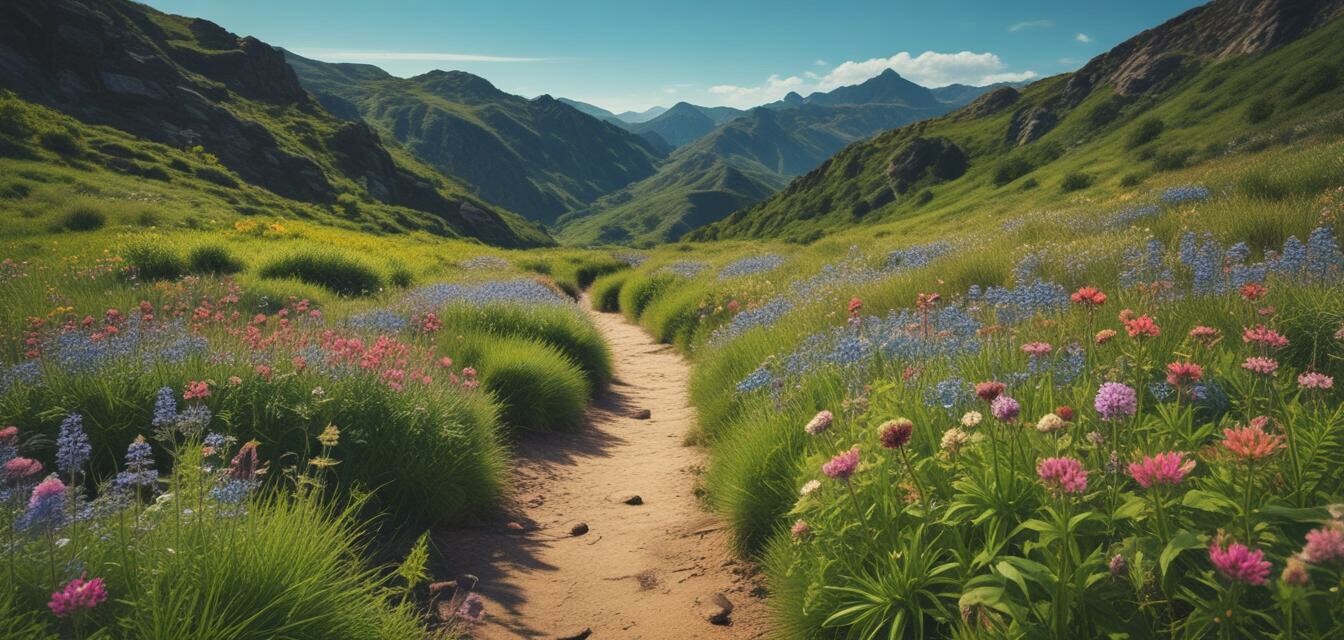
Preparing kids for their first hiking adventure
Key Takeaways
- Choose the right trail based on your child's age and skill level.
- Equip kids with proper gear and lightweight backpacks.
- Plan for breaks, hydration, and snacks during the hike.
- Teach kids about safety and outdoor ethics before the adventure.
- Have fun and embrace the beauty of nature together.
Hiking is an excellent way for families to bond while enjoying nature's beauty. However, preparing kids for their first hiking experience is crucial to ensure both their safety and enjoyment. This guide provides valuable tips and considerations to help you plan a memorable hiking adventure for your children.
Choosing the right hiking trail
Before you embark on a hiking adventure, selecting an appropriate trail is essential. Assess your child's age, physical ability, and interest level. Here’s a breakdown of suitable trails based on age groups:
| Age Group | Trail Type | Length |
|---|---|---|
| 3-5 Years | Easy nature paths | 1-2 miles |
| 6-8 Years | Moderate trails with some elevation | 2-3 miles |
| 9-12 Years | More challenging trails | 3-5 miles |
| Teenagers | Advanced trails | 5 miles and above |
Getting the right gear
Proper gear can make a significant difference in the comfort level during the hike. Here are some essential items to consider when preparing your kids:
- Backpack: Choose lightweight backpacks designed for kids to carry their snacks and water.
- Footwear: Invest in good quality, comfortable hiking shoes that provide ample support.
- Clothing: Dress in layers to adjust to changing weather conditions easily.
- Rain Gear: Always pack a lightweight waterproof jacket for unexpected showers.
- Safety Equipment: Consider a first-aid kit for minor injuries.
To find the perfect backpack, check out our casual daypacks and outdoor adventure packs that are suitable for kids.
Preparing for the hike
Successful hiking with kids often depends on preparation. Here’s a list of things to tackle before you hit the trails:
- Discuss the plans with your kids and generate excitement.
- Pace the hike according to their ability to avoid exhaustion.
- Map out rest stops along the way.
- Teach them to recognize basic trail markers and to stay on paths.
- Review outdoor safety tips, such as staying hydrated and identifying local wildlife.
Packing snacks and hydration
Kids need plenty of energy during hikes. Here are some easy and nutritious snack ideas:
| Snack | Benefits |
|---|---|
| Granola bars | Easy to carry and loaded with energy. |
| Fruit slices | Natural sugars to boost energy. |
| Trail mix | Mix of nuts, seeds, and dried fruits for sustained energy. |
| Cheese sticks | Calcium and protein to help satiate hunger. |
Ensure to pack plenty of water or a hydration system, particularly on warmer days. For tips on packing, visit our buying guides section for insights into hydration packs.
On the trail
Once you start your hike, focus on enjoying the experience. Here are some activities to keep the adventure engaging:
- Play nature scavenger hunts by listing items they need to spot along the way.
- Take breaks to soak in the views, listen to sounds, and make nature observations.
- Encourage storytelling about their experience or creating names for different landmarks.
Teaching outdoor ethics
It's vital to educate children about outdoor ethics: Leave No Trace principles and respect for nature. Teach them to:
- Dispose of waste properly.
- Respect wildlife and maintain a safe distance.
- Stay on marked trails and avoid damaging plants.
Understanding the importance of these principles fosters respect for our environment and ensures future generations can enjoy nature.
Conclusion
Preparing kids for their first hiking adventure can be an enriching experience for the family. By choosing the right trail, equipping your children with the necessary gear, and preparing adequately, you can create unforgettable moments in nature. Remember to focus on exploration, learning, and enjoyment, so that the adventure is pleasant and treasured for years to come.
Beginners Section
If you're new to hiking with children, take small steps. Start with shorter trails and gradually work your way up to longer hikes. Each adventure provides valuable experiences and skills to enjoy the outdoors confidently.